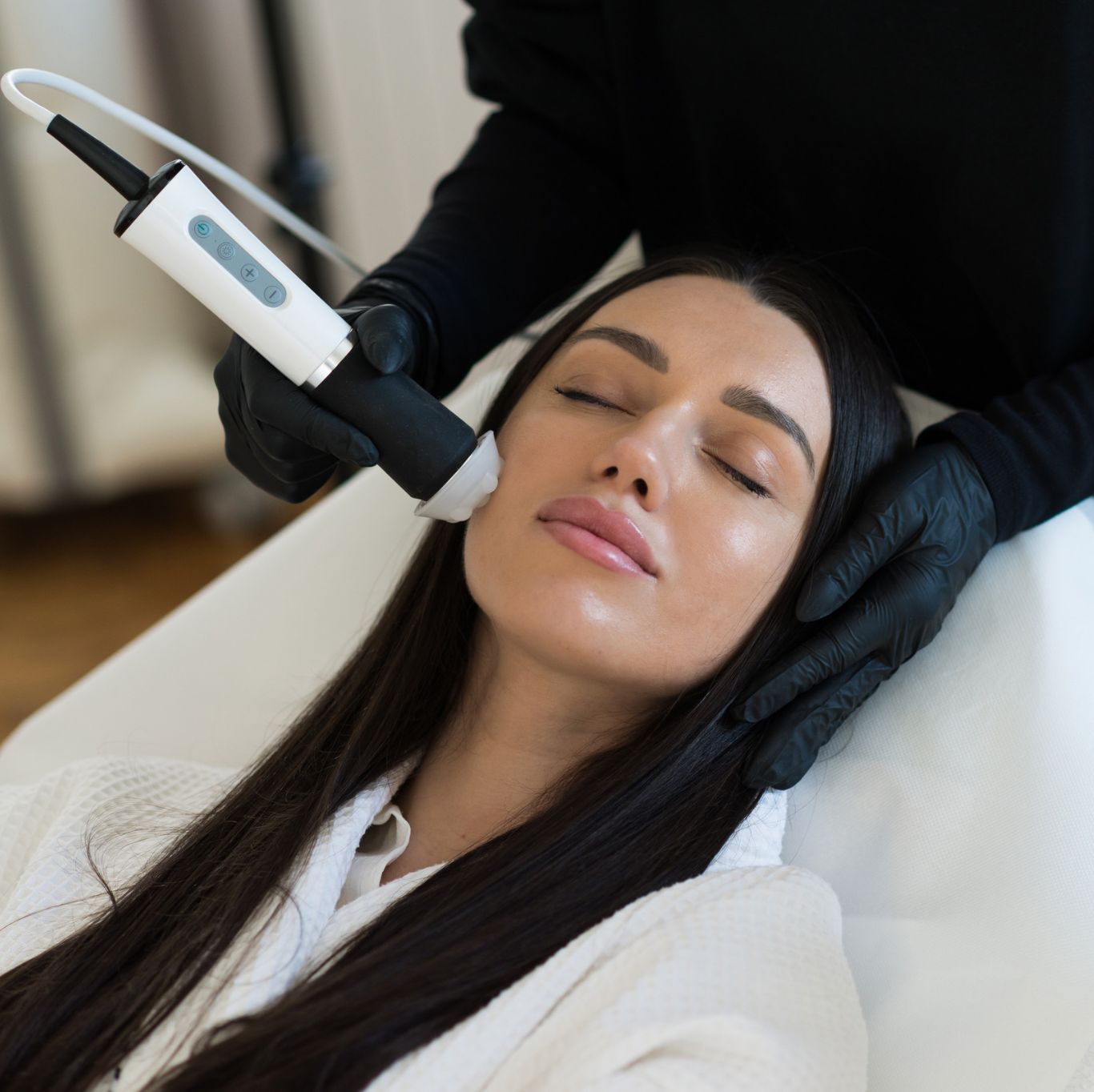Laser vaginal and anal bleaching is a cosmetic procedure that aims to lighten the skin in sensitive areas, enhancing appearance and boosting confidence. While many individuals find this treatment beneficial, pain management is an essential aspect of the procedure that can significantly influence the overall experience. This article will delve into various pain management strategies employed during Vaginal and anal bleaching with laser, the potential discomforts involved, and essential pre- and post-treatment care tips.
Understanding the Procedure
Before exploring pain management, it’s vital to understand what laser vaginal and anal bleaching entails. The procedure uses concentrated beams of light to target melanin in the skin, effectively reducing pigmentation and achieving a lighter, more uniform skin tone. While the procedure is relatively quick, lasting about 30 minutes to an hour, sensitivity in the vaginal and anal areas can lead to concerns about discomfort during treatment.
Common Discomforts Associated with Laser Bleaching
- Mild to Moderate Pain: During the laser treatment, some patients may experience a sensation similar to a rubber band snapping against the skin. While this discomfort is typically mild, it can vary based on individual pain tolerance.
- Sensitivity: The areas treated can be sensitive post-procedure, leading to temporary discomfort or a burning sensation.
- Swelling and Redness: After the treatment, some redness or swelling may occur in the treated areas, which can contribute to discomfort.
Pain Management Strategies
1. Pre-Treatment Consultation
A thorough consultation with a qualified practitioner is crucial before undergoing laser bleaching. During this consultation, patients can discuss their concerns about pain and discomfort. The practitioner will evaluate individual pain tolerance and recommend appropriate pain management techniques tailored to each client’s needs.
2. Topical Anesthetics
One of the most common pain management strategies used during laser vaginal and anal bleaching is the application of topical anesthetics. These creams or gels numb the skin before the procedure, minimizing sensations of pain or discomfort. The practitioner typically applies the anesthetic approximately 30 minutes before the procedure to allow it to take effect.
3. Cooling Devices
Some clinics utilize cooling devices or systems that apply cold air or gel to the treated area during the procedure. This method can help reduce the sensation of heat from the laser and provide additional comfort. The cooling effect can distract from the discomfort associated with the treatment.
4. Pain Relief Medications
For patients with a lower pain threshold or those who anticipate discomfort, oral pain relief medications may be prescribed. These can include over-the-counter pain relievers such as ibuprofen or acetaminophen, taken before the procedure to help manage pain effectively.
5. Relaxation Techniques
Before and during the procedure, employing relaxation techniques can help manage pain perception. Deep breathing exercises, visualization, and guided imagery can assist in calming anxiety and discomfort. Some practitioners may also play soothing music or use aromatherapy to create a more relaxing atmosphere.
Post-Treatment Care for Pain Management
After the procedure, proper aftercare is essential to manage discomfort and promote healing. Here are some tips for post-treatment pain management:
1. Cold Compresses
Applying cold compresses to the treated area can help reduce swelling and soothe any discomfort. Make sure to wrap the ice pack in a clean cloth to prevent direct contact with the skin.
2. Over-the-Counter Pain Relievers
Taking over-the-counter pain relievers can help alleviate discomfort after the treatment. Follow the recommendations provided by your practitioner regarding which medications to take and when.
3. Avoiding Irritants
For a few days after the procedure, it’s crucial to avoid irritants such as harsh soaps, scented products, or tight clothing that may exacerbate discomfort. Wearing breathable, loose-fitting clothing can enhance comfort during the healing process.
4. Staying Hydrated
Drinking plenty of water can help flush out toxins and support the healing process. Hydration is essential for overall skin health and recovery.
5. Follow-Up Appointments
Attending follow-up appointments with your practitioner is essential for monitoring healing and addressing any concerns regarding discomfort. Your practitioner can provide further guidance on managing pain and ensuring optimal results from the procedure.
When to Seek Medical Attention
While some discomfort is expected after laser vaginal and anal bleaching, certain signs may indicate a need for medical attention. If you experience severe pain, prolonged swelling, or signs of infection (such as increased redness, warmth, or discharge), contact your practitioner immediately. Prompt intervention can help address any complications that may arise.
Conclusion
Pain management during laser vaginal and anal bleaching is a crucial component of the procedure, directly influencing the overall experience. By utilizing a combination of pre-treatment consultations, topical anesthetics, cooling devices, and relaxation techniques, practitioners can help minimize discomfort for their clients. Additionally, proper post-treatment care is essential for managing pain and promoting healing. By prioritizing pain management, individuals can focus on the benefits of the treatment, enjoying enhanced confidence and satisfaction with their appearance. Always consult with a qualified professional to ensure a safe and comfortable experience.



